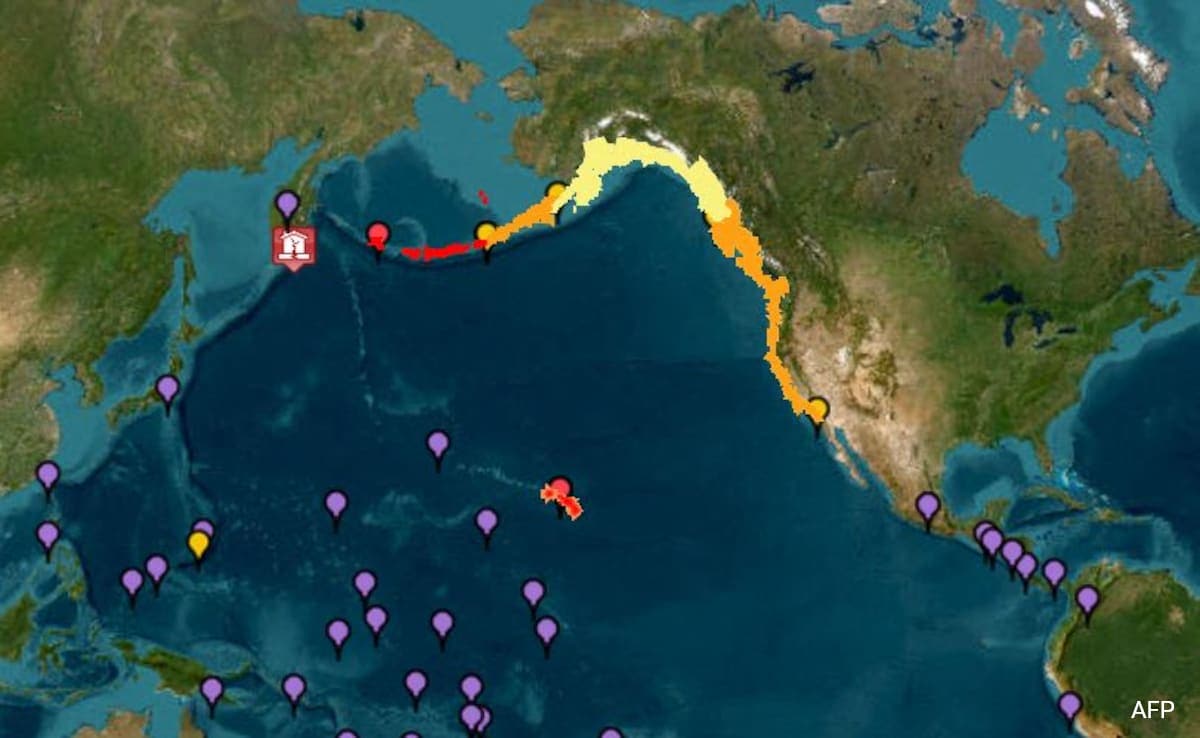The Deadly Impact of Afghanistan's Earthquake

Introduction
The recent earthquake in Afghanistan has left the world in shock and mourning. With a magnitude of 7.5, the disaster has claimed hundreds of lives and caused widespread destruction. As a disaster resilience expert, I have closely examined the situation to understand why this earthquake was so deadly. While the natural factors such as the location and depth of the earthquake cannot be controlled, the type of buildings in rural Afghanistan played a significant role in the high death toll.
Building Vulnerability
The majority of buildings in rural Afghanistan are made of mud and clay, which offer little resistance to seismic forces. These traditional structures lack proper reinforcement and are more likely to collapse during an earthquake. In addition, the hilly terrain in the region makes it difficult to construct stable foundations, making the buildings even more vulnerable. This explains why the earthquake caused such devastation in the area.
Disaster Preparedness
Another factor that contributed to the high death toll was the lack of disaster preparedness in the region. Many people in rural areas do not have access to information about earthquake safety measures or emergency response plans. This, coupled with the remote location of the affected areas, made it challenging for rescue and relief efforts to reach the victims in time. As a result, many lives were lost due to the lack of preparedness.
















